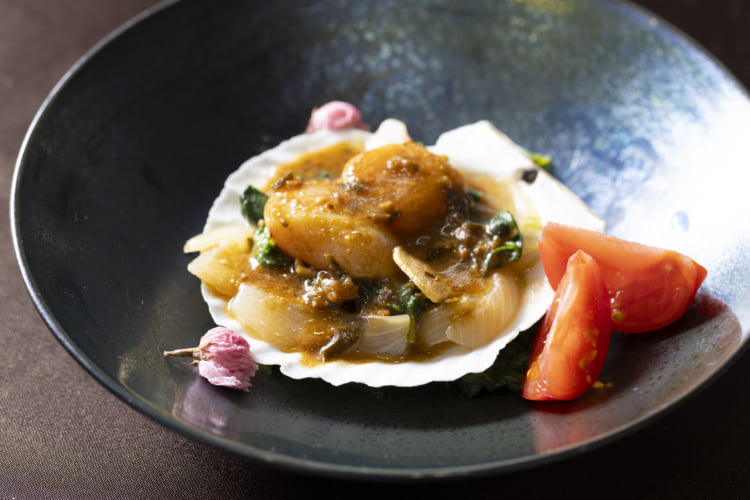Japanese scallops, particularly those hailing from the pristine waters of Hokkaido, are a cherished delicacy in the culinary world. Revered for their size, sweetness, and succulent texture, these scallops have carved out a special place in the hearts of seafood lovers globally. In this exploration of Japanese scallops, we’ll delve into what makes them stand out, their taste profile, how they differ from other scallops, various cooking methods, their preparation in Japanese cuisine, their availability and pricing in Singapore, and tips for selecting the best ones in a Japanese supermarket.
What Are Japanese Scallops?
Japanese scallops, or Hotate as they’re known in Japan, are primarily harvested from the cold, nutrient-rich waters off the coast of Hokkaido. These bivalves are not only significant for their impressive size but also for their remarkable flavor and texture. Hokkaido, being the northernmost prefecture of Japan, provides an ideal environment for scallops to thrive, making it a “holy place” for seafood connoisseurs (Browne Trading).
The Taste of Japanese Scallops
The taste of Japanese scallops is often described as sweet, with a hint of the ocean’s brine, setting them apart from their counterparts. Their flesh is tender yet firm, offering a satisfying chew that melts in your mouth. This unique taste profile is attributed to the scallops’ diet and the cold waters they inhabit, which contribute to their slower growth and the development of their rich flavor.
How Do They Differ From Regular Scallops?
While ‘regular’ scallops can be sourced from various parts of the world, Japanese scallops, especially those from Hokkaido, are sought after for their superior quality. Factors such as water temperature, cleanliness, and the scallops’ natural diet play a crucial role in differentiating them from others. Their larger size and sweeter taste make them a premium choice for sushi and sashimi, as well as cooked dishes.
Cooking Japanese Scallops at Home
Japanese scallops offer versatility in cooking methods, allowing culinary enthusiasts to experiment and enjoy them in various ways. Here are some popular methods:
Pan-seared: Quick searing on high heat brings out their natural sweetness while achieving a golden crust.
Grilled: Grilling imparts a smoky flavor that complements their sweetness.
Sashimi: Slicing them raw for sashimi showcases their freshness and delicate texture.
Just One Cookbook suggests three delicious sauces for seared scallops, including Garlic Butter Soy Sauce, adding a Japanese twist to the classic garlic butter sauce.
Preparation in Japanese Cuisine
In Japan, scallops are prepared with utmost respect for their natural flavors. Besides sashimi, they are commonly used in dishes like sushi, where they might be lightly torched for extra aroma, or in soups and stews, where their sweetness enhances the broth. The Japanese also enjoy them in simpler forms, such as butter-grilled on a shell, highlighting their natural taste.
Are Japanese Scallops in Singapore Expensive?
Given their premium quality, Japanese scallops tend to be on the pricier side in Singapore. Factors such as import costs, demand, and the scallops’ size and quality contribute to their higher price point. However, for many Singaporeans and residents, the unique taste experience they offer justifies the cost.
Tips for Choosing the Best Japanese Scallops
When shopping for Japanese scallops in a fish market or supermarket, keep these tips in mind to ensure you’re getting the best:
Look for Brightness: The scallops should appear moist and bright, not dull or dry.
Smell Test: Fresh scallops should smell clean and slightly sweet, with no fishy odor.
Check for Firmness: They should feel firm to the touch, indicating they’re fresh.
Packaging: If buying frozen, ensure the package is intact with no signs of frost or ice crystals, which could indicate thawing and refreezing.
Japanese scallops, with their unparalleled sweetness and succulent texture, are a testament to the bounty of the sea. Whether enjoyed raw, seared, or grilled, they provide a culinary experience that transcends borders, making them a beloved ingredient in kitchens around the world, including Singapore. As we appreciate these marine gems, let’s remember the importance of sustainable sourcing to ensure future generations can continue to enjoy the delights of Japanese scallops.






